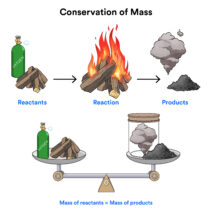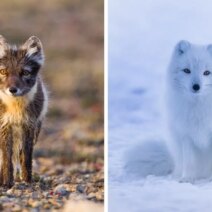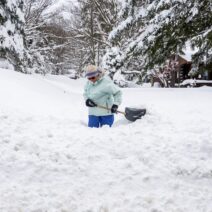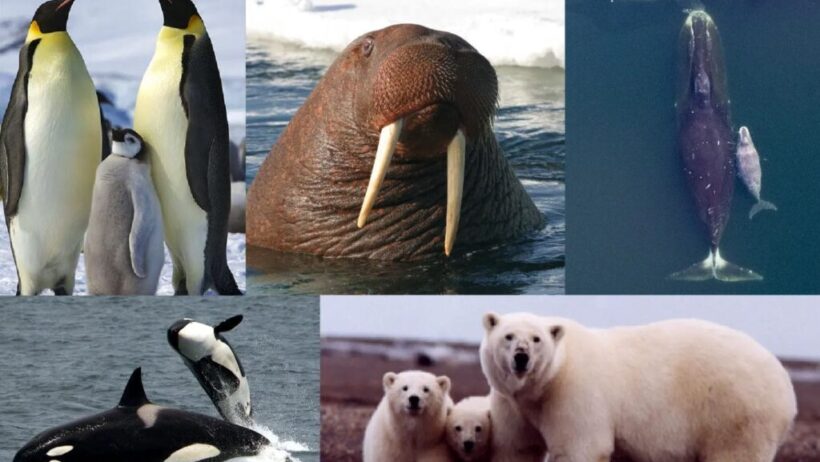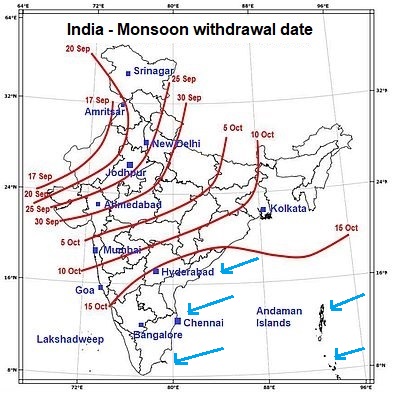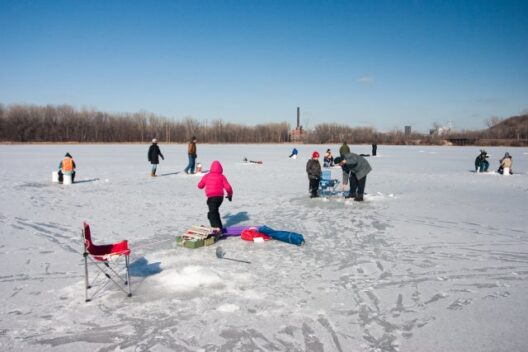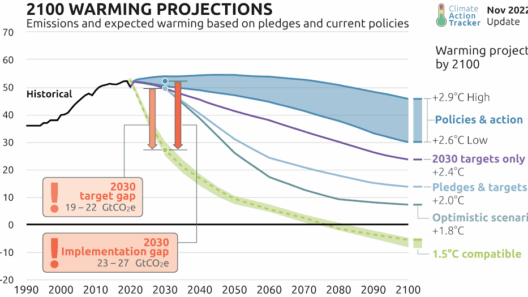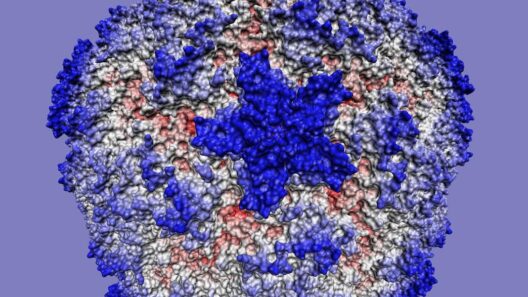Global warming poses a significant threat to polar regions and the unique wildlife that inhabits these frigid ecosystems. As global temperatures rise due to anthropogenic emissions of greenhouse gases, polar climates are experiencing profound transformations that can impact weather patterns, habitats, and species survival. This article delves into the multifaceted effects of global warming on polar regions and their wildlife.
Temperature Increases and Melting Ice
The polar regions are experiencing temperature increases at a rate nearly twice as fast as the global average. This phenomenon, known as Arctic amplification, is primarily driven by the albedo effect, wherein melting ice exposes darker ocean or land surfaces that absorb more heat. As a result, the Arctic ice cap and glaciers are rapidly diminishing, leading to rising sea levels and altered habitats.
Melting sea ice is not merely a loss of aesthetic beauty; it represents a drastic transformation of the habitat for various species. Polar bears, for instance, rely on sea ice as a platform for hunting seals. As the ice retreats, bears must swim longer distances to locate food, which can lead to malnutrition and decreased reproductive success. Furthermore, the loss of ice affects the entire trophic level, as decreased ice coverage impacts phytoplankton production, the foundation of the marine food web.
Altered Ecosystem Dynamics
The dynamics of polar ecosystems are shifting due to global warming. Warmer temperatures can cause shifts in species distributions as animals seek suitable habitats. For example, species traditionally found at higher latitudes may migrate northward, seeking cooler climates. This shift can lead to complications as new competitors enter established habitats, potentially displacing endemic species.
Additionally, invasive species may thrive in warming waters, introducing pathogens and parasites that native species are ill-equipped to handle. Such disruptions can cause significant declines in wildlife populations. The unique adaptations of polar species, shaped by millennia of evolution, render them particularly vulnerable to rapid environmental changes.
Changing Migration Patterns
Migration patterns of polar wildlife are also being altered due to climatic shifts. For instance, migratory birds that rely on specific breeding sites risk encountering mismatched timing related to food availability. As spring temperatures rise earlier, insects and plant phenology may advance, placing birds in a precarious position where they arrive too late to breed successfully or find adequate food for their young. This mismatch can lead to decreased bird populations across polar habitats.
Marine mammals such as seals also exhibit migration behaviors that are intricately tied to sea ice patterns. As ice formation becomes erratic, seals may not have access to traditional breeding and pupping grounds, ultimately impacting population viability. The interconnectedness of these species and their habitats highlights the cascading effects of global warming on polar ecosystems.
Impact on Biodiversity
Polar regions are home to some of the most remarkable biodiversity on Earth, featuring specialized species adapted to extreme conditions. However, climate change threatens this biodiversity. Reduced habitat availability coupled with altered food webs leads to population declines, and potentially, species extinctions. For example, the walrus, which requires sea ice for resting and nursing, is facing existential threats as its habitat diminishes.
Moreover, compromised biodiversity affects ecosystem resilience. Ecosystems with high biodiversity are generally more resilient to environmental stressors; thus, biodiversity loss can lead to increased vulnerability to future climatic changes and habitat destruction.
Human Activities and Climate Change Synergy
Human activities, including industrial development, resource extraction, and climate change, further compound the challenges faced by polar ecosystems. The search for oil and minerals in the Arctic increases the likelihood of oil spills, sedimentation, and habitat destruction, which can jeopardize already stressed wildlife populations.
Additionally, increased shipping traffic due to melting ice opens up previously inaccessible areas, further disturbing wildlife and introducing pollutants. The combined effects of climate change and human encroachment create a daunting scenario for the sustainability of polar environments.
Socioeconomic Consequences
The ramifications of climate change in polar regions extend beyond ecological impacts. Indigenous communities relying on traditional practices are experiencing unprecedented changes to their lifestyles. Altered wildlife migration patterns and diminished ice coverage impact hunting and fishing, threatening subsistence practices that are culturally significant and vital for food security.
The interplay between climate change and socio-economic factors necessitates a comprehensive understanding of the interconnectedness of ecosystems and human communities in polar regions. The loss of traditional knowledge, coupled with decreasing biodiversity, presents alarming prospects for the future.
Conservation Efforts and Mitigation Strategies
Addressing the impacts of global warming on polar regions requires robust conservation efforts and mitigation strategies. Increased awareness and advocacy for climate action can foster public engagement and policy changes. Establishing protected areas can be instrumental in safeguarding critical habitats for polar wildlife. Furthermore, policies aimed at reducing greenhouse gas emissions globally are paramount in curbing climate change and its effects.
Innovative approaches such as community-based resource management, restoration of degraded habitats, and sustainable practices can mitigate the impacts on wildlife. Collaborating with indigenous communities can ensure that conservation strategies respect and integrate traditional ecological knowledge, promoting sustainable practices grounded in cultural significance.
Conclusion
The impacts of global warming on polar regions and their wildlife are profound and complex. The rapid loss of ice, shifts in species distribution, changing migration patterns, and threats to biodiversity highlight the urgent need for comprehensive action. As global citizens, we bear the responsibility to address climate change and its consequences, advocating for the preservation of polar ecosystems for future generations. Only through collective efforts can we ensure that the rich biodiversity of polar regions is protected against the inexorable march of climate change.
